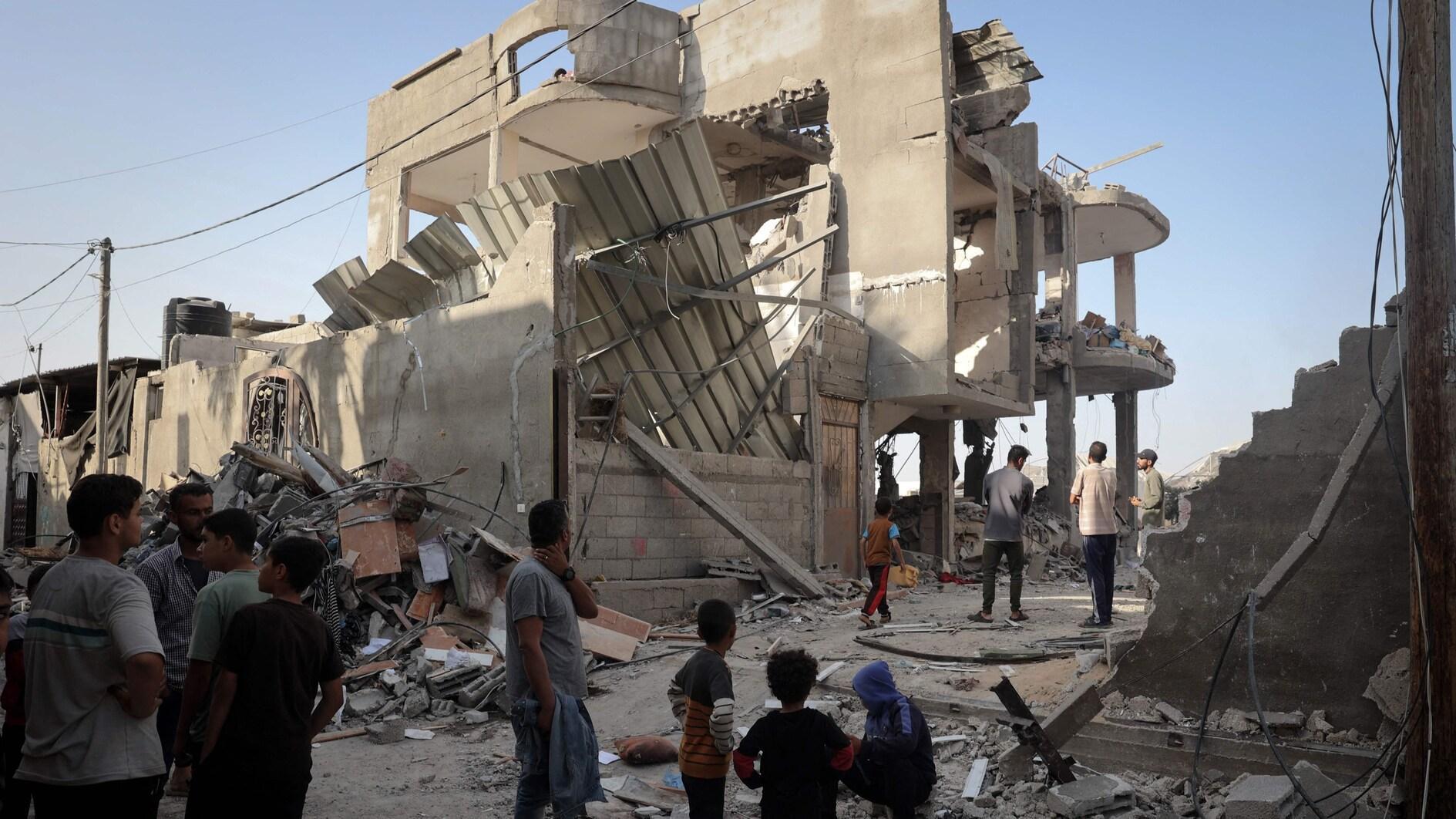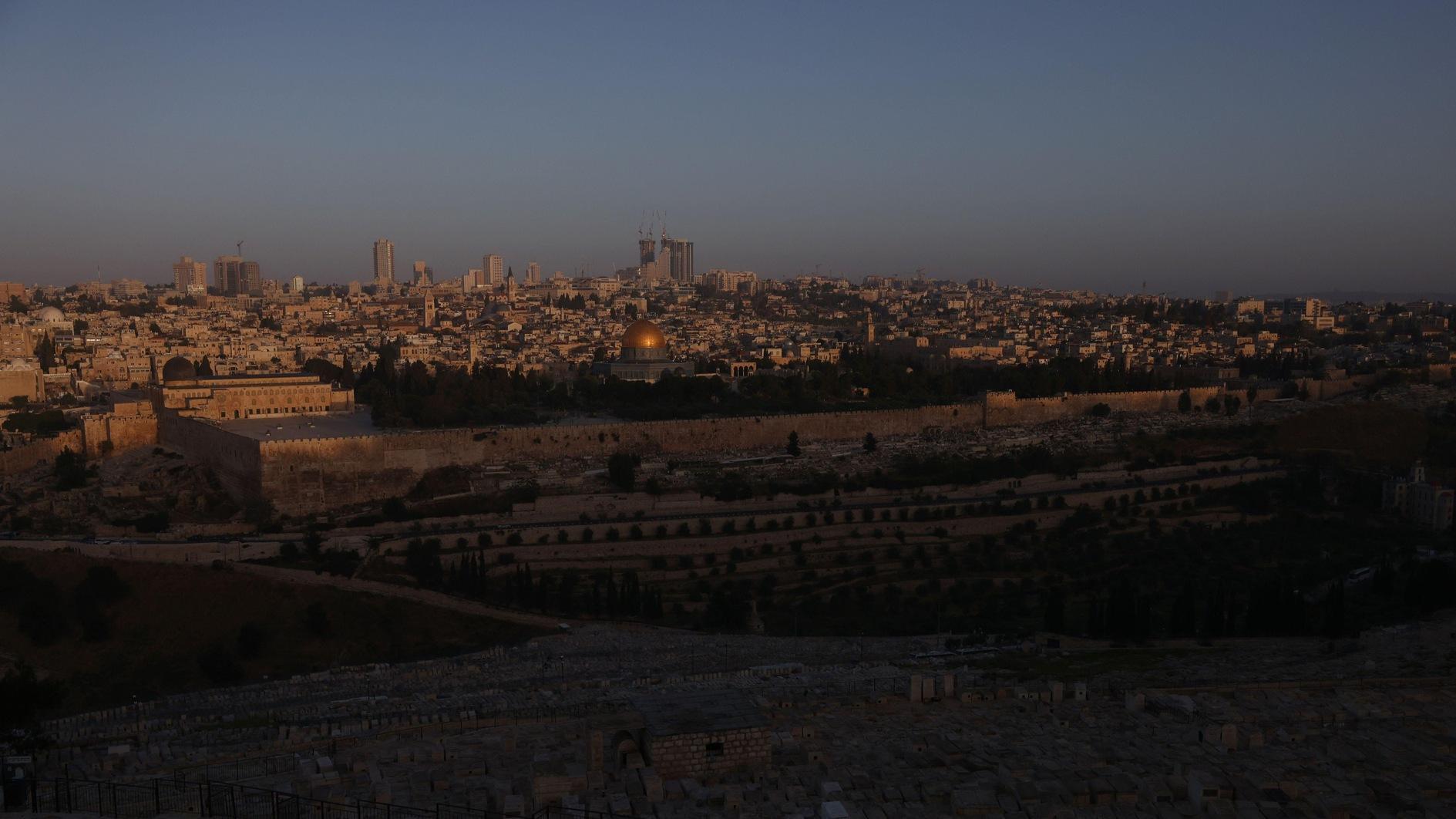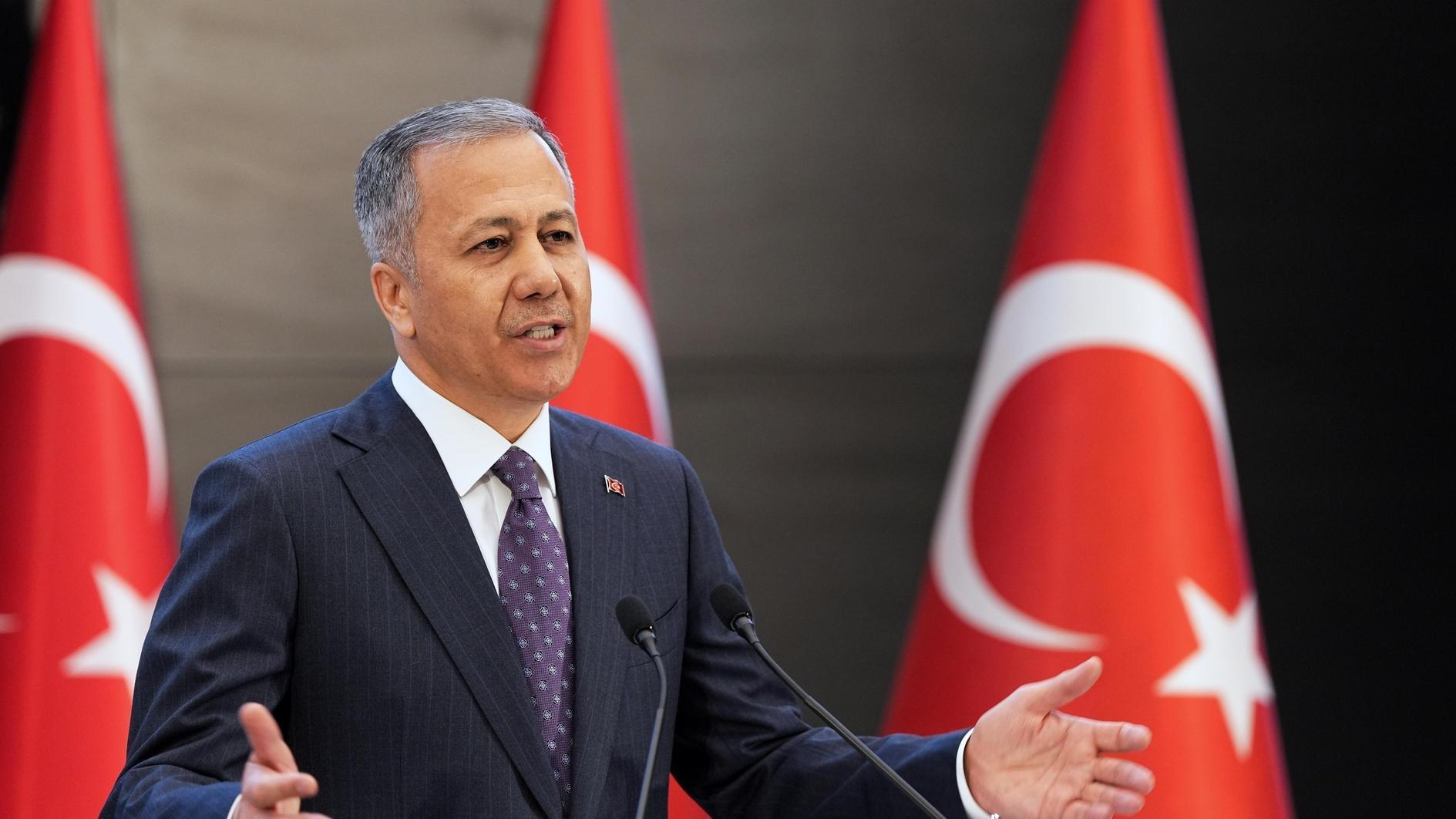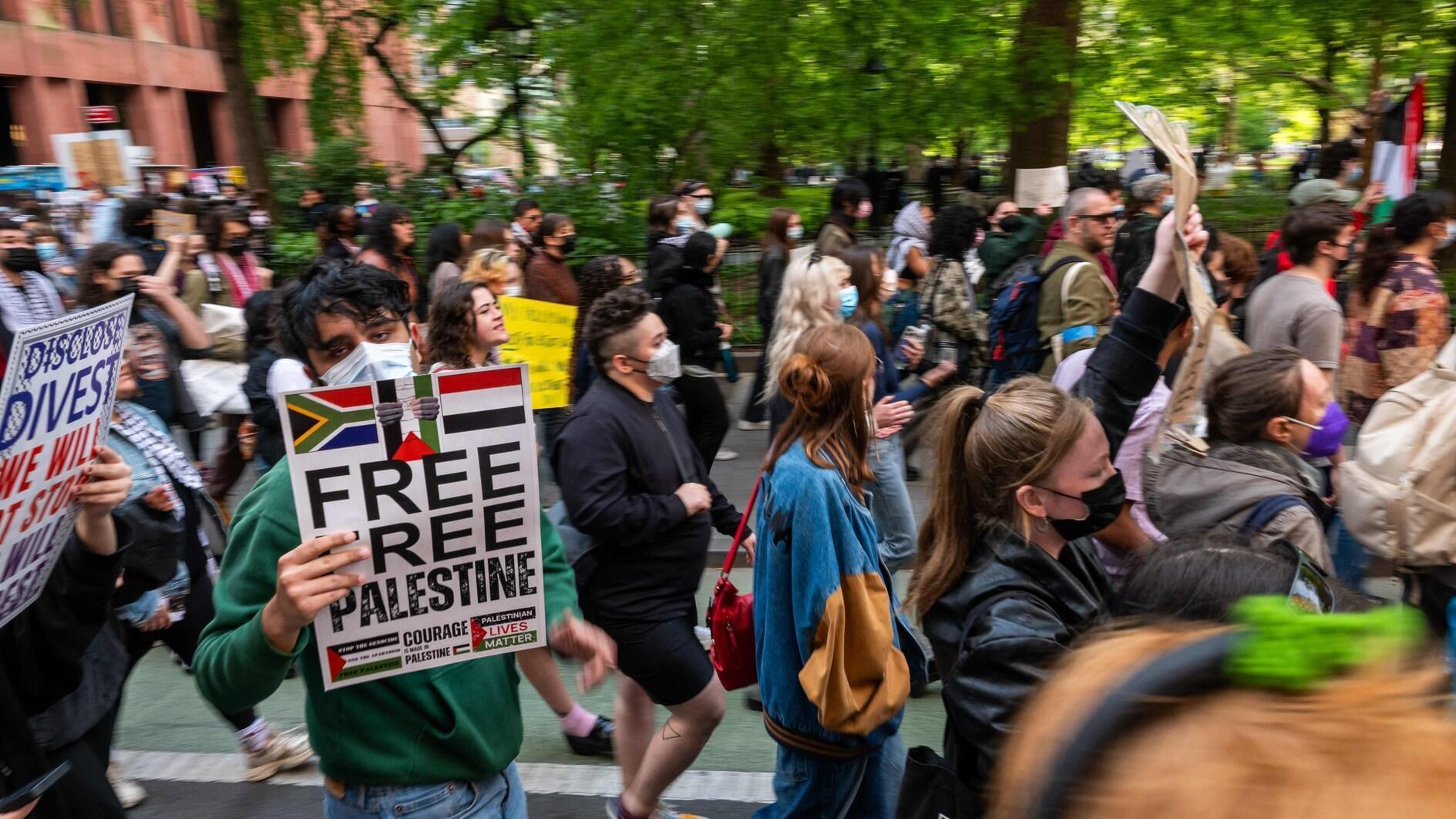How should the change in the PKK be interpreted?
CENGİZ ÇANDAR
It was bomb-like news for the Turkish media on Wednesday morning, that Murat Karayılan had been replaced by Cemil Bayık. We don’t know what kind of an outcome Ankara drew from this piece of news, but media circles in Istanbul were quick to reach interpretations.There has been “a change in the KCK system.” It is not that one “wing” has “eliminated” another wing. In these kinds of organizations, whoever is changed, whoever has lost, or has been eliminated, the picture of that person is also removed from the “album of the organization.” Such a situation is out of the question for Murat Karayılan. Later, it was reported that Karayılan had been made the head of the HPG, which is the armed force of the PKK.
Even though Karayılan looked for years as if he was the topmost authority of the PKK hierarchically, except for Abdullah Öcalan, because of his capacity as the head of the executive council of the PKK, those who closely monitor the PKK knew that the name that comes after Abdullah Öcalan was Cemil Bayık.
Bayık is one of the few persons among those who participated in the founding congress of the PKK in 1978, a surviving one and one of the very few who has not abandoned the PKK for this or that reason. Those few persons are Öcalan, Bayık, Duran Kalkan and Ali Haydar Kaytan. The last is alive (and at Kandil), but does not have an active position.
Besides, Bayık was one of those present in the first ring surrounding Öcalan in his years at university in Ankara. They are named the “Ankara Group” within the PKK, and they are attributed a special importance.
Karayılan is from the first wave joining during the Ankara Group’s opening to the southeast region at the beginning of 1976 to form the organization. Interestingly, Bayık was a university student at Gaziantep at that time and he was assigned to Gaziantep as the individual responsible for organization.
In other words, the Bayık-Karayılan relationship is about 40-years-old. The relationship between Karayılan and Öcalan is too. The Öcalan-Bayık relationship is also 40-years-old.
In organizations such as the PKK, where the entire existence has been underground and a major part of the timespan has been spent in armed struggle, the relationships and the “comradeship” among such names, and most importantly the absolute loyalty and commitment to the leader, are an obstacle to interpretations such as “separation,” or “a clash of hawks and doves.”
I think, if a connection between this change at the top of the KCK with the “resolution process” has to be made, then we need to understand the change in question as a message from Öcalan.
It is apparent that Öcalan has been not quite happy with the state of affairs for some time. While he said, “The first phase is over; the second phase should start,” Tayyip Erdoğan reacted by saying, “No, it’s not over, only 15 percent of the PKK has withdrawn. We do not have education in mother tongue or lowering of the election threshold on our agenda.”
Meanwhile, one point that should not go unnoticed is that a co-chair position has been created in the PKK and the other co-chair is Bese Hozat. That name is not an unknown name to the PKK staff.
In the congress, it was also mentioned that thousands of Alevi-Kurdish young people had lost their lives in the freedom fight and that the right place for Alevis would be beside the PKK. It is an attempt of the PKK to pull the Alevis from CHP into their alliance system.
In the end, we can conclude that the change at the top is the wish of the PKK to strengthen itself for when it confronts Erdoğan in the “peace process.” This does not mean abandoning peace and preparing for war, but it is clearly a message to the government saying, “Things will not be conducted exactly as you have planned.”
Cengiz Çandar is a columnist for daily Radikal in which this abridged piece was published on July 11. It was translated into English by the Daily News staff.











